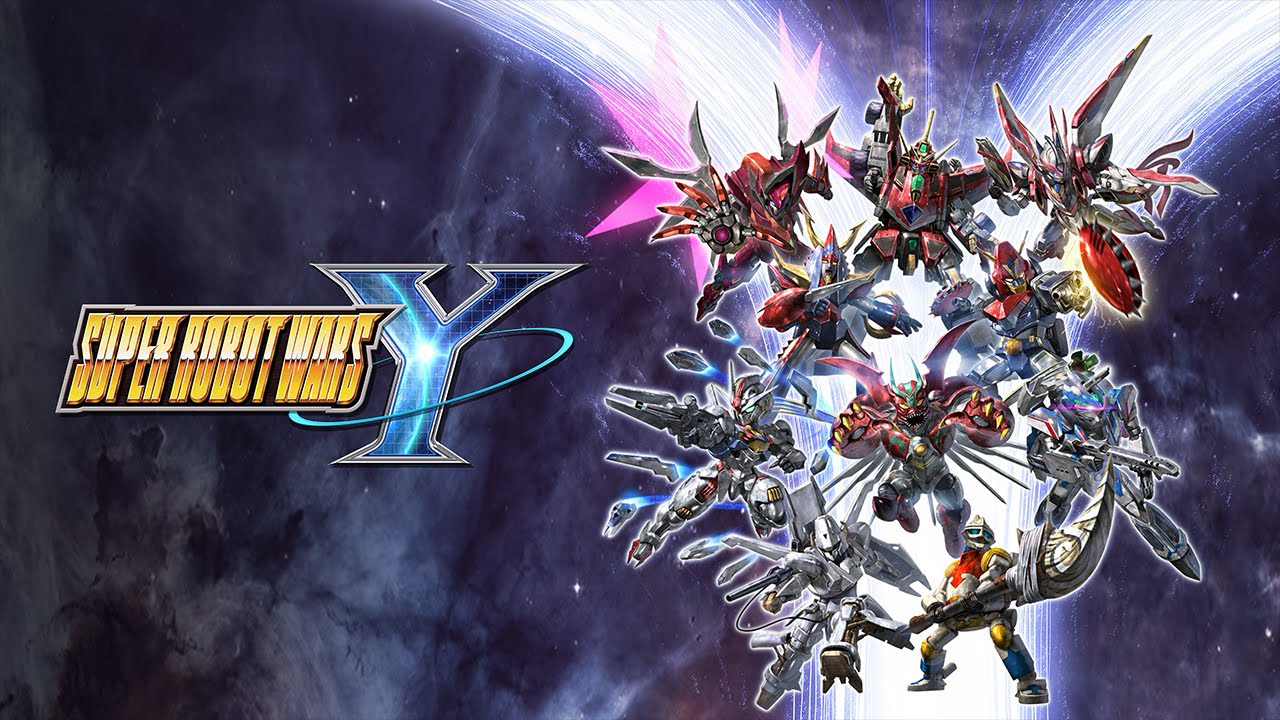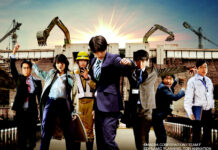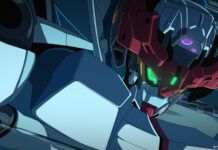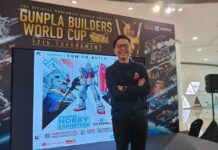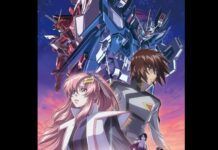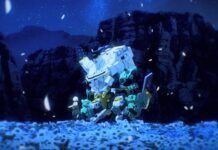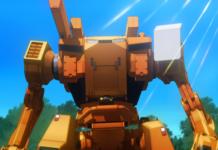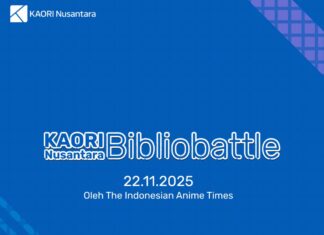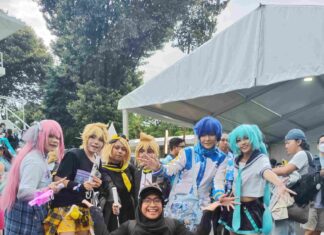The Same Old Formula
During the prolonged absence of new entries from the release of 30, fan speculation was ripe with discussion on what direction the series would go, and what kind of improvements would be made for the next instalment.
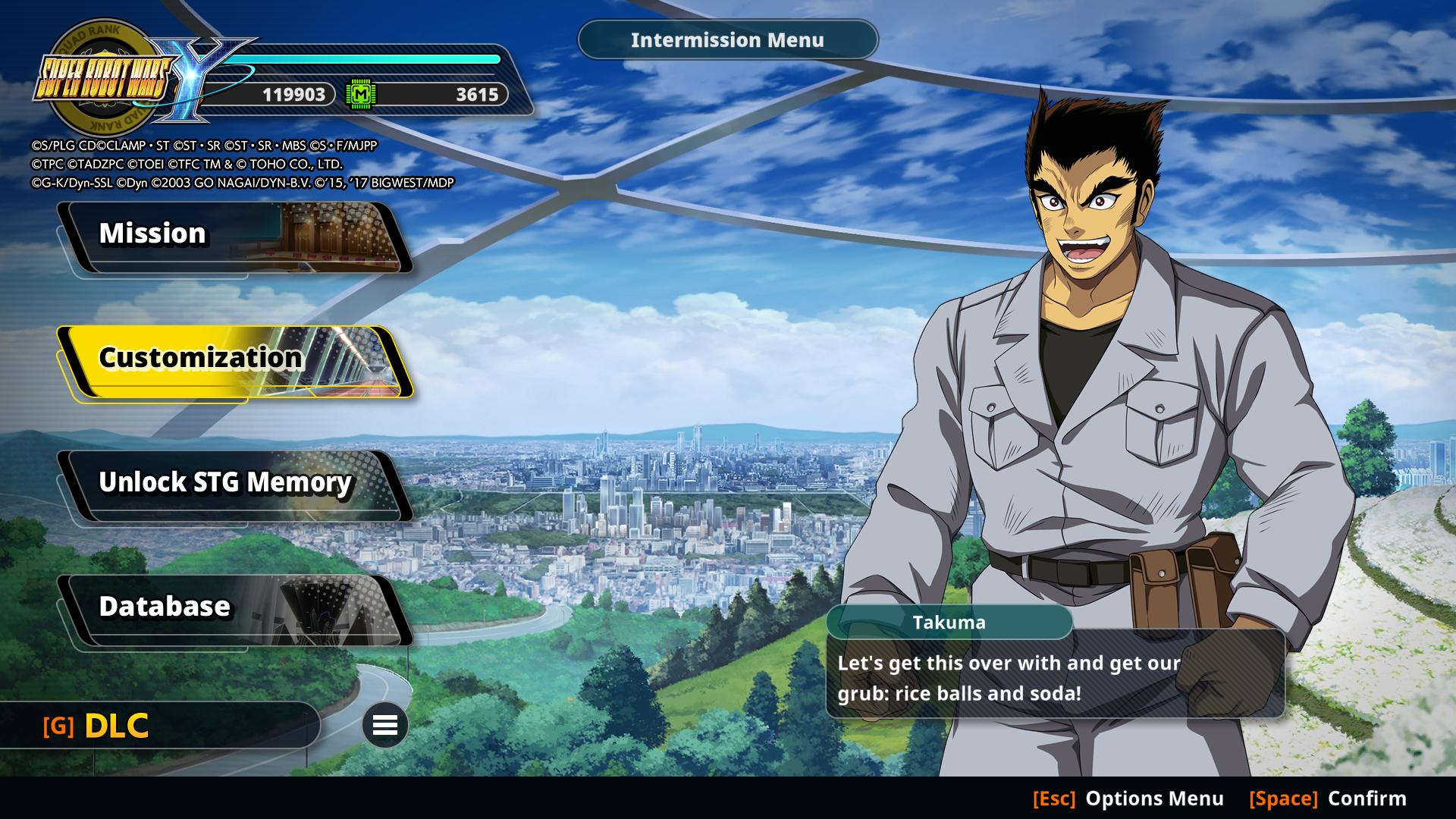
With the release of Y, it’s been revealed in an interview that a considerable part of the development was spent bringing the game over to Unity, where previously the games had been instead developed using the same proprietary engine since the early 2000s- a bit archaic by game development timelines. While it’s understandable that rebuilding the engine and assets took quite the amount of time, the decision to keep things mostly as they are instead of taking the chance to reinvent huge parts of the game system does make me wonder if that was the correct choice.
There are improvements, of course. There are noticeable changes to how the Tactical Area System is used compared to 30 that make the choices feel less arbitrary and less confusing. The Assist Link system feels more fair and interesting compared to the previous Extra Command, while also spotlighting the side characters from featured series who aren’t combatants. I’m glad they’ve kept the Custom BGM option, which lets PlayStation and PC users set their own battle BGM for units, and the STG Memory skill tree for bonuses is fairly easy to understand.

What seems to be a challenge for the dev team is the new UI and UX. While looking sleeker at a glance, they don’t feel like they quite fit the bombastic tone of the game. They also don’t clearly introduce the game and convey important information to newer players. In particular, searching for and using Spirit commands to target a unit other than the user still feels a bit cumbersome. It could use fewer button presses overall. And while the return of the Auto mode from 30 helps users grind more easily, that it doesn’t take into account the game-changing Valour/Soul Spirit commands once they’re available feels weird for something that’s supposed to be there to save time for players.
Then there’s the matter of difficulty. Recent entries into the series have leaned into being less punishing for players, which is generally a welcome change. But at least there should be discussions about the repeatable stages. That design choice, instead of a more linear stage structure, eliminates a huge aspect of SRW‘s traditional difficulty, like how resources for upgrades are limited in the long run due to the limited number of stages. “Unlimited” repeatable stages to gather resources means players can just grind until they’re at the desired level of upgrades and Spirit commands.
While it’s more curtailed here compared to 30, and while the game does manage to make earlier stages challenging when playing on Expert difficulty, it eventually hits a point where you’re able to level all your characters to 99 and create unit setups that could one-shot bosses. It might be inevitable given the design choices made, and the argument can be made that SRW has always been as difficult as you choose it to be, given that they’ve more or less usually put ways to “cheese” the game.
But it does leave me wanting for at least the return of SR Points (last featured in Super Robot Wars T), which were unique challenges/objectives for each stage that made clearing one much more interesting than just “defeat all enemies”. Not that there’s something wrong with it, but it can get really boring really fast.
Another aspect that feels like it should have been improved by now is the visual novel-style dialogue scenes. Namely, there’s no option to view a summary of the scene or all of the dialogue involved at any time in any given scene, so that players can progress through the scenes faster on a rerun. I’m reminded of a similar system being introduced to Granblue Fantasy. In a game where the expectation is that users might repeat stages and play through the game at least twice, the lack of more quality of life features besides a Skip, text speed, & Auto button to let players progress the story at their own pace feels like a detriment to the story’s presentation. While much of the series has improved, there’s a sense that the UI/UX and overall presentation have stagnated without much innovation or improvement.
Though there are notable new elements introduced to said presentation. I do appreciate that the team decided to up the amount of newly-made character CGs compared to previous games, which really highlights the key moments in the game whenever they appear.
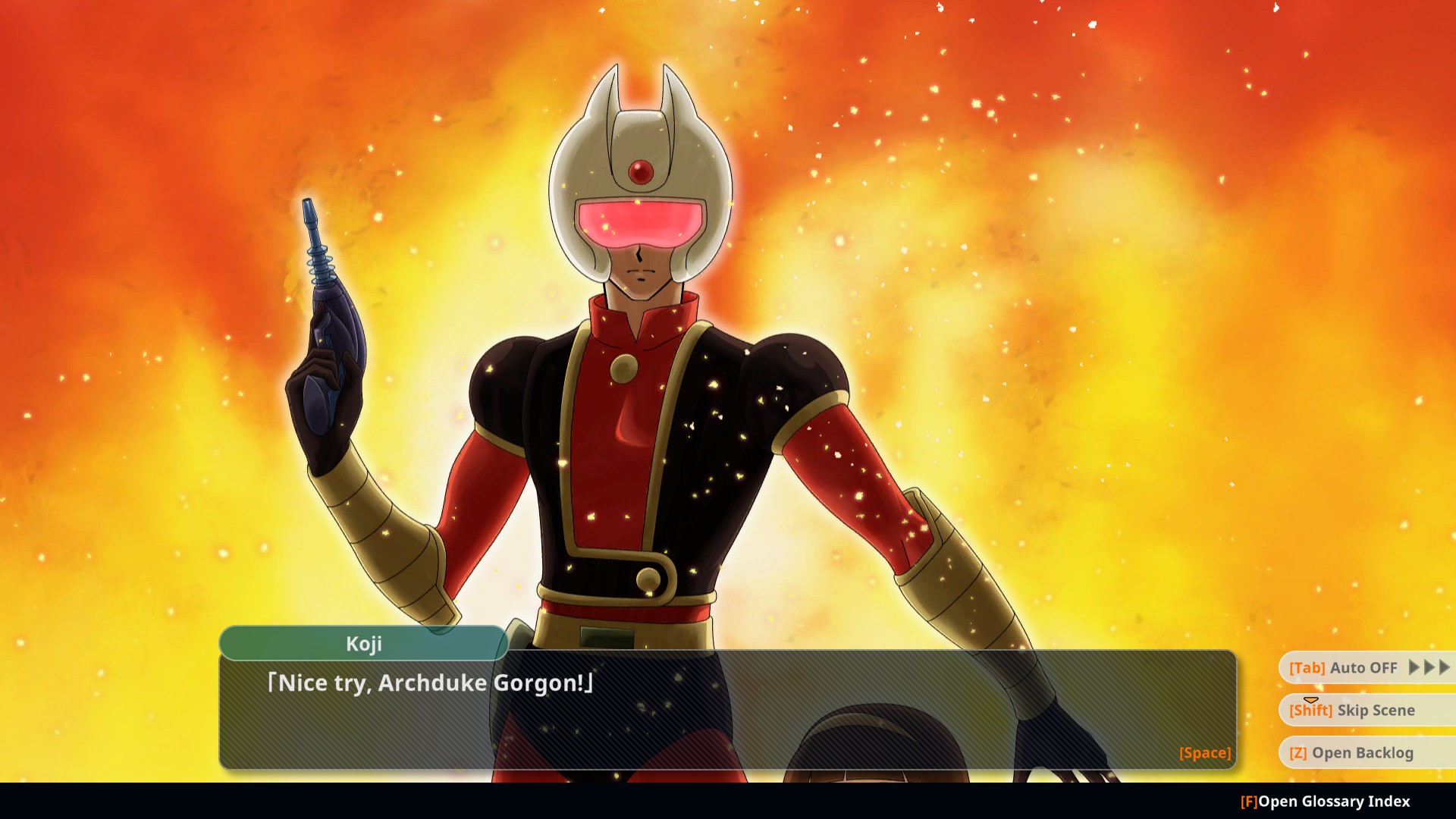
And yet at the same time, the amount of reused assets in the game is also hard to ignore. While reused sprites, animations, music, stages, and backgrounds are a tradition- part & parcel of how the series operates- the question becomes just how many times you can reuse assets until it becomes stale. A good chunk of the new attack animations are impressive, with stand-outs being the Wing Gundam Zero Custom as well as the Lunedrache, along with its upgrades. But seeing assets that have been reused for the past five games since Super Robot Wars V (not counting the infamous Methuss sprite that’s been in service since the PS3 era of games) does have me wonder where the line needs to be drawn, especially when I’m paying for a full-priced game each time.
On a more personal level, I’m a bit disappointed in things like how the Mazinkaiser sprite reuses assets of the Banpresto Original iteration of the Mazinkaiser featured from Super Robot Wars X, despite how the one in Y should be the Mazinkaiser vs. Great General of Darkness iteration, which has a different design. Then there’s how Mazinkaiser‘s Kabuto Koji reuses seiyuu Ishimaru Hiroya‘s voice lines of Koji from past SRW games, same goes for Brave Reideen‘s Akira reusing legendary seiyuu Kamiya Akira‘s voice lines.
While it’s a treat hearing these two veteran voice actors’ voices reunited with their respective iconic characters, part of the fun disappears when you realise that these characters won’t have new or unique voice lines referencing other characters and series, which is another hallmark of SRW. That also applies to other characters, and can affect your enjoyment of things like the Suspend Skits, once you realise which characters will only have reused voice lines from previous games or won’t have any at all.
I understand that on the development side, it’s a balancing act of choosing which things to focus on despite limited resources. How the game can have so much other content in the first place might be in part due to the reuse of assets in other parts. But while newer players might not notice and find this a problem, it does feel like something that needs to be worked on better, especially in the long run, for more enfranchised players, as they’re paying for something they’ve already played.
Thankfully, what’s clear is that Bandai Namco looks to be committed to making sure SRW continues as a series in the long term.
Next page: What does the future look like for the series?

